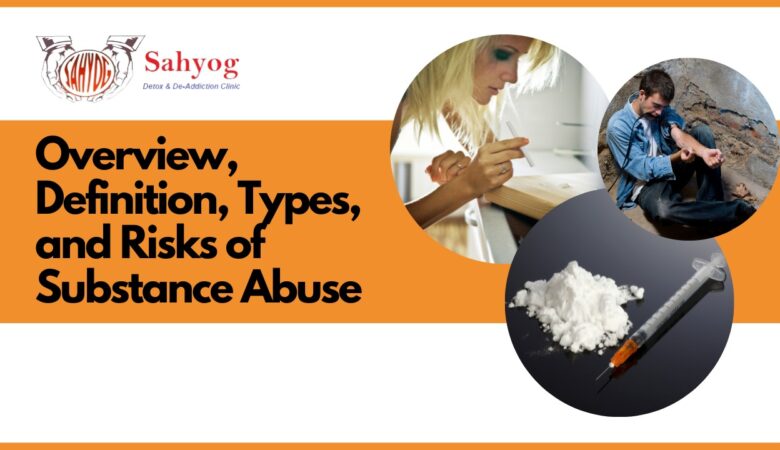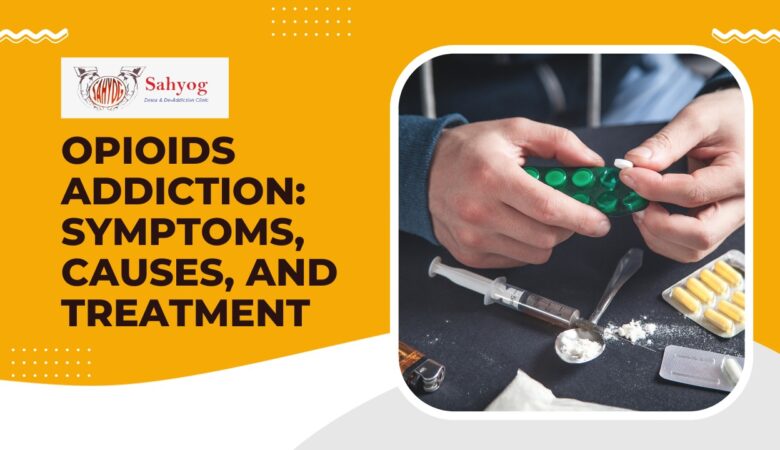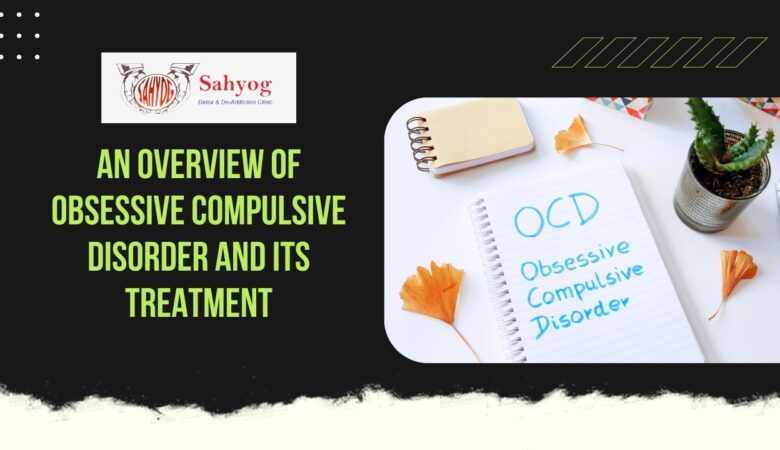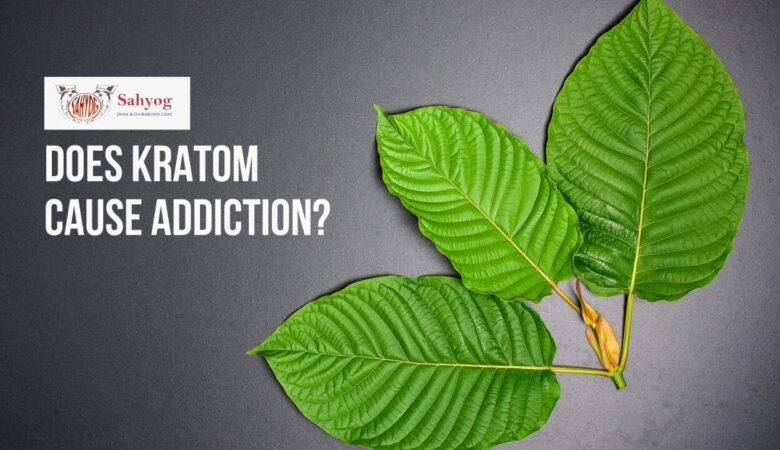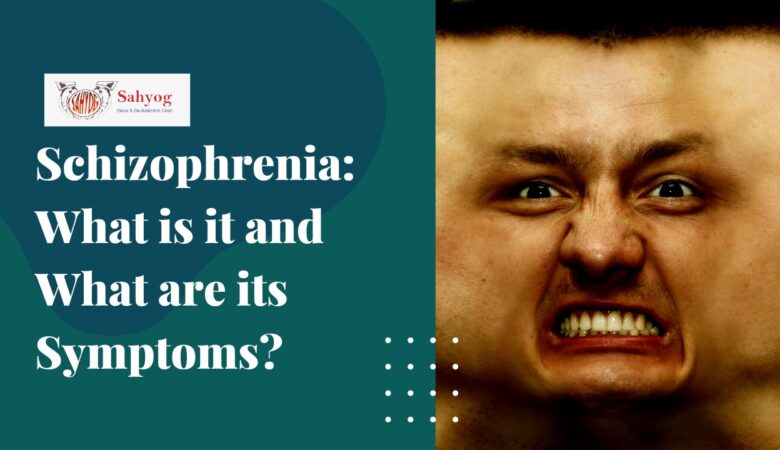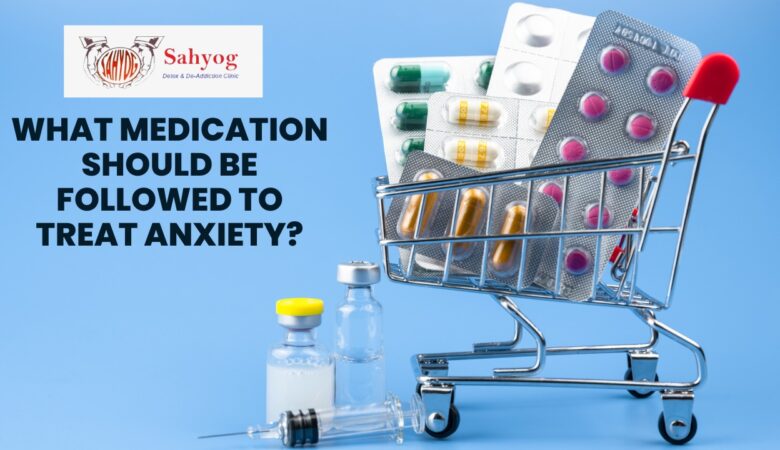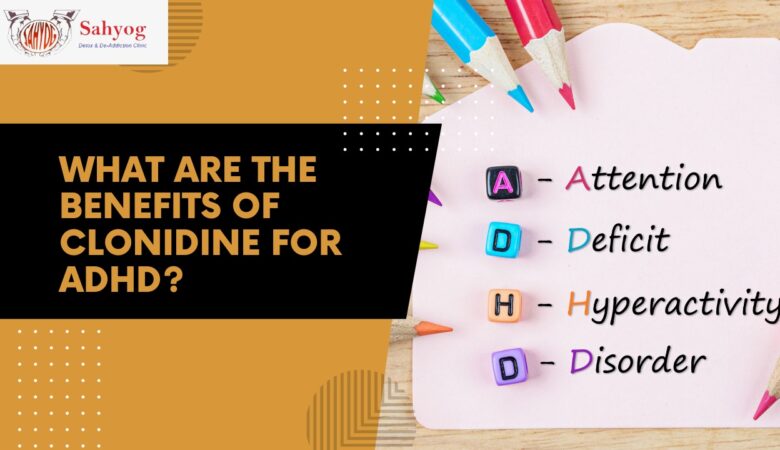Overview, Definition, Types, and Risks of Substance Abuse
Substance abuse can be defined as using or abusing substances, especially drugs and alcohol, to the point where it harms your health or prevents you from functioning normally. It can take many forms, from using marijuana only once or in small amounts, to abusing prescription medications and alcohol. Substance abuse is not only a problem for young adults. In fact, this disorder occurs at all stages of life, from adolescence through old age. However, the disorder is more common among young adults than among older adults. About Substance Abuse Substance abuse occurs when someone consumes or uses an illegal or harmful substance to the point of causing problems. It is using drugs or alcohol in a way that causes harm to your body or mind, and can manifest in a number of ways, including using drugs or alcohol excessively; using drugs or alcohol to escape from problems; using drugs or alcohol because you enjoy the feeling they produce; and using drugs or alcohol, so you can’t control your behavior. The Substance Abuse and Mental Health Services Administration (SAMHSA) defines substance abuse as a “behaviour that is maladaptive and destructive because it undermines one’s ability to meet the demands of daily life. It is characterized by repeated use of alcohol, drugs, or tobacco products in situations where they are not needed and lead to problems such as social withdrawal, job loss, financial instability, and health problems. There are many types of substances that people can abuse, including alcohol, marijuana, cocaine, opioid painkillers (such as OxyContin and heroin), and methamphetamine. Some people abuse only one type of substance, while others may abuse multiple substances. It is important to remember that not all substance abusers have similar problems. Some people who abuse drugs or alcohol may have no signs or symptoms of addiction until they become seriously ill as a result of their substance use. It is a chronic, relapsing brain disorder characterized by repeated use of substances that can harm one’s health. The most common addictions are to drugs and alcohol, but other substances such as nicotine, caffeine, and steroids can also be addictive. The disorder can have a significant impact on a person’s personal life and professional achievements. Types of Substance Abuse The disorder can be defined as the use of any chemical, drug, or other substances to the point where it causes harm or impairment. It is divided into two main categories based on the drug or substance involved: substance dependence and substance abuse. Substance dependence is characterized by physically cravings for the substance and problems maintaining functional responsibilities because of its use. Substance abuse, on the other hand, is characterized by impaired judgement caused by repeated use of the substance beyond what is necessary for pleasure or satisfaction. It is the use of any chemical, drug, or other substances to the point where it causes harm or impairment. It can be divided into three main categories: substance use disorder, substance misuse, and substance abuse. Substance use disorder is a mental health condition in which someone has recurrent episodes of substance use that cause significant problems in their life. Substance misuse is when people use substances in ways that do not meet the diagnosis criteria for a substance use disorder. Substance abuse is simply using substances beyond what is necessary for enjoyment or recreation. There are many types of substances that can be abused, including prescription drugs, illegal drugs, alcohol, and nicotine. Prescription drugs are typically prescribed by a doctor to treat medical conditions, but they can also be abused by people who do not have the condition they were prescribed for. Illegal drugs include drugs that are not normally approved by the government for use because they are illegal under federal law, or they are a Schedule I drug, which are considered to have no medical benefits and high potential for abuse. Alcohol is one of the most commonly abused substances and can be used in many ways: as part of mixed drinks or as an additive to other substances such as marijuana or There are three main types of substance abuse: mental, physical, and behavioral. Mental substance abuse includes abusing substances like alcohol and marijuana. It refers to an individual’s psychological dependency on the drug or alcohol; this means that the individual needs the drug or alcohol to function normally. Physical addiction refers to chronic use of a drug or alcohol; this occurs when the body becomes tolerant to the drug or develops an inability to stop using it even when it is causing harm. Behavioral addictions can include gambling, sex addiction, eating disorders, and Internet addiction. Substance abuse is a problem that affects millions of people in the United States. It can take many forms, including addiction to substances such as drugs, alcohol, and nicotine. It can have serious consequences for your health and well-being. There are many types of substance abuse. Some people become addicted to drugs or alcohol because they use them excessively and for a long time. Others may use drugs or alcohol occasionally but never become addicted. Still others may use drugs or alcohol occasionally and become addicted but only after developing a dependence on them. The disorder can have serious consequences for your health and well-being. For example, addiction to drugs or alcohol can cause mental health problems, such as depression or anxiety. Addiction also can lead to physical health problems, such as liver damage or cancer. In some cases, the disorder can even be fatal. If you are concerned that you may be addicted to substances or if you think someone you know is abusing substances, please get help. There are many resources available to help people who struggle with substance abuse. You can talk to your doctor, therapist, clergy member, or other loved ones about your concerns. You can also contact a support group for people Risks and Consequences of Substance Abuse There are many risks associated with substance abuse. Substance abusers may experience physical health problems, such as
